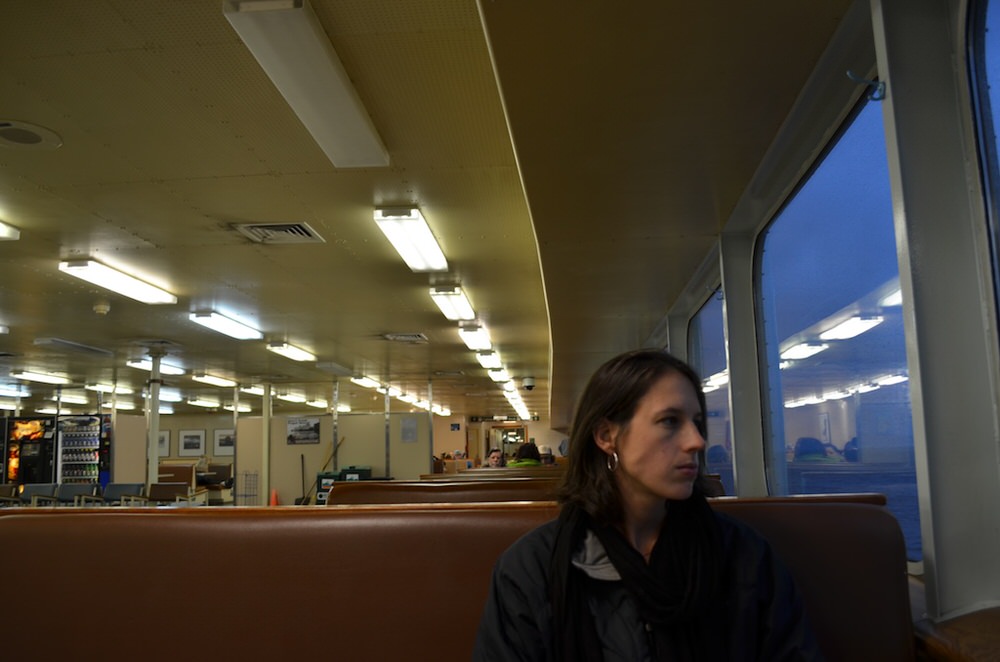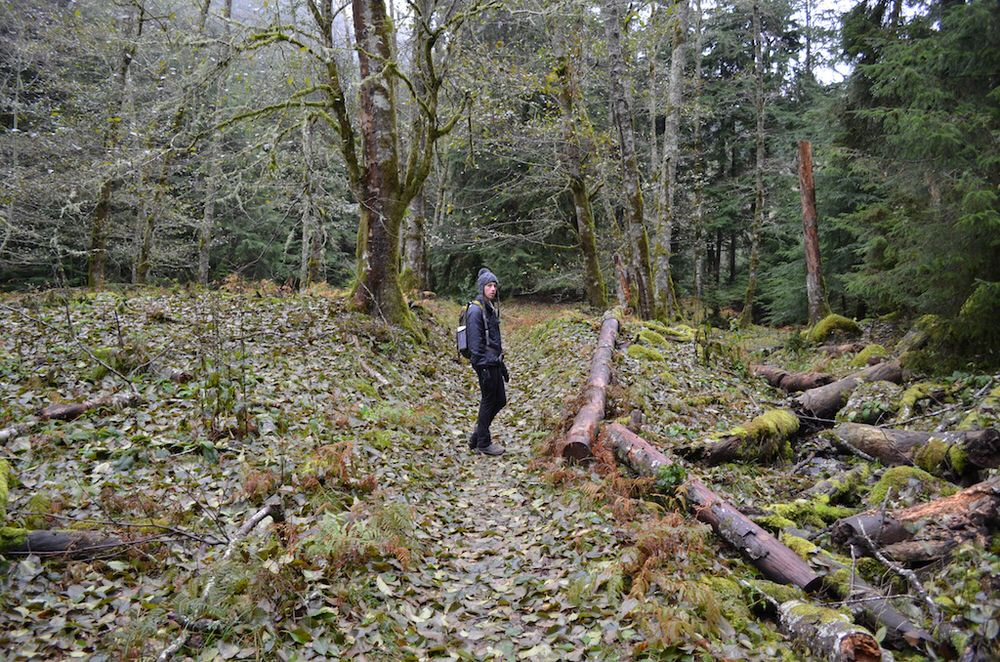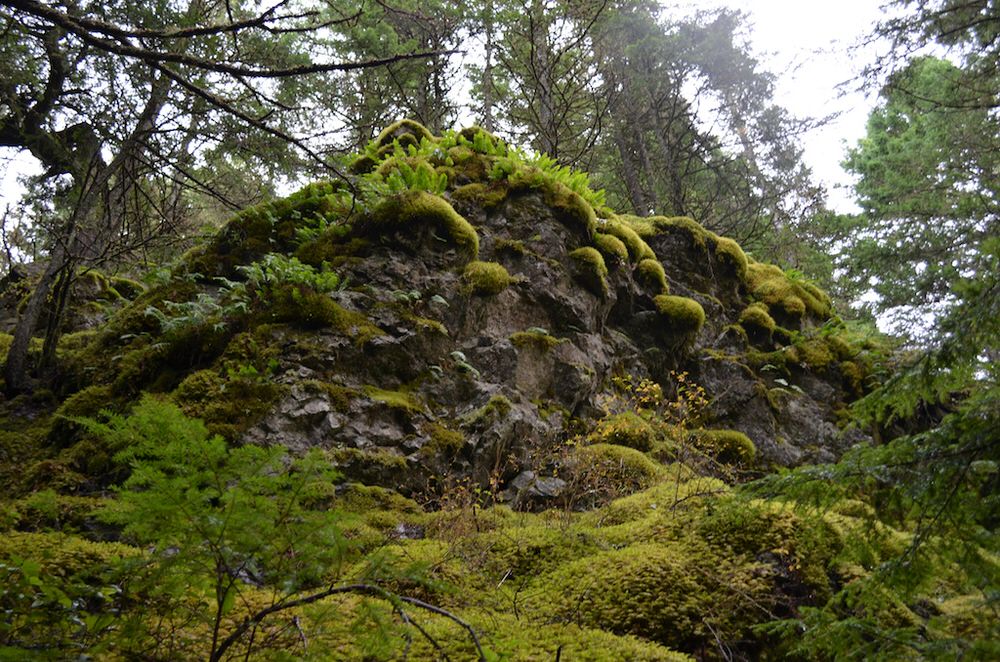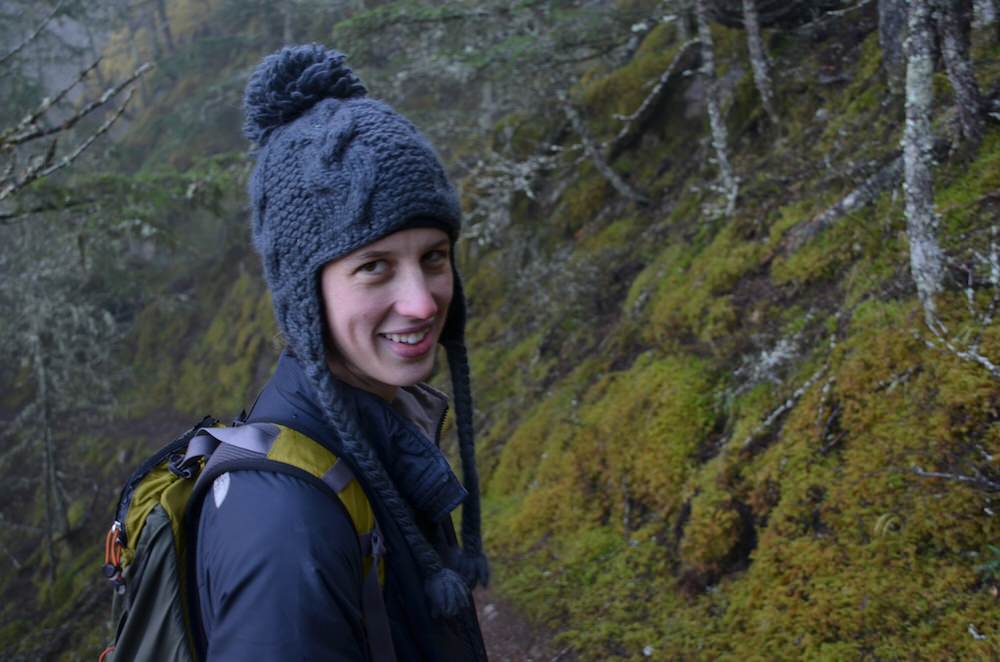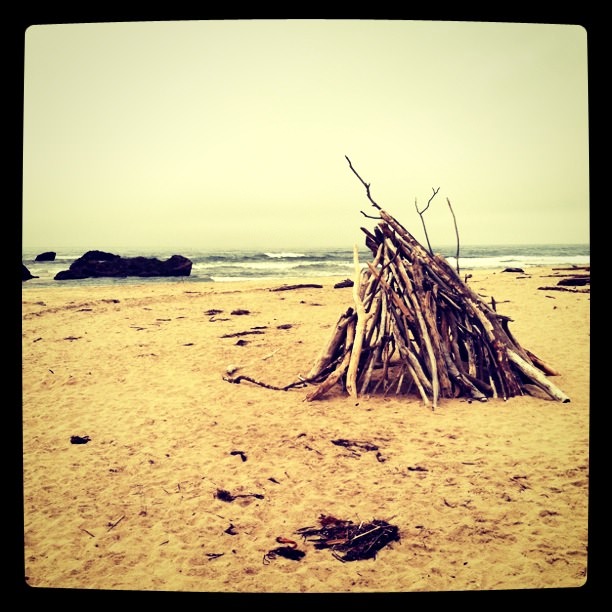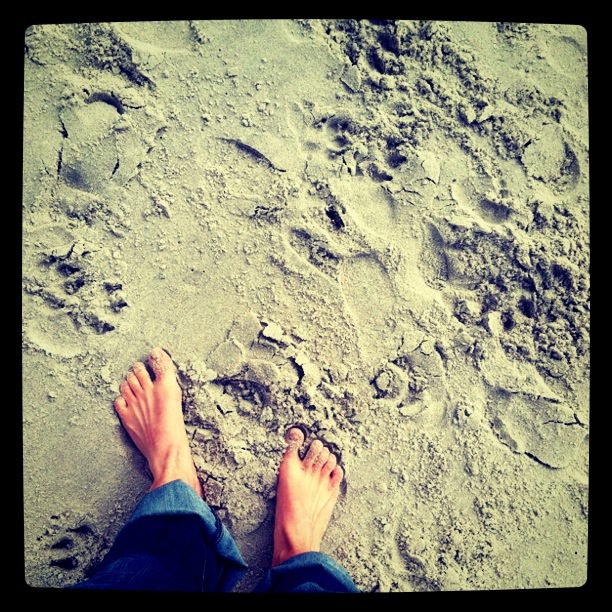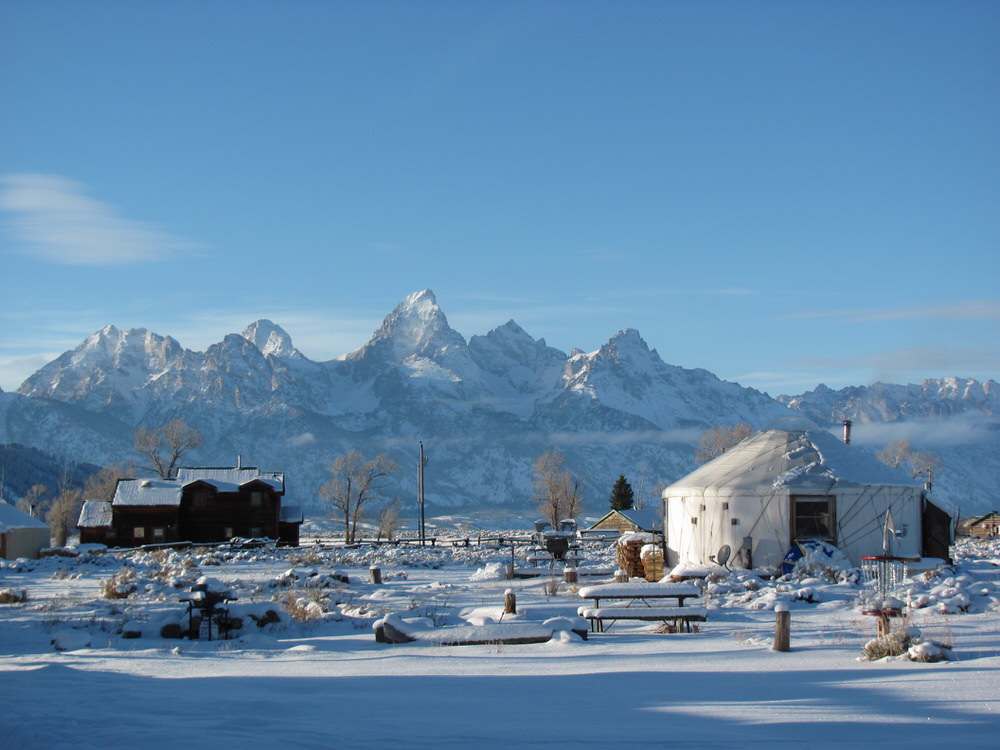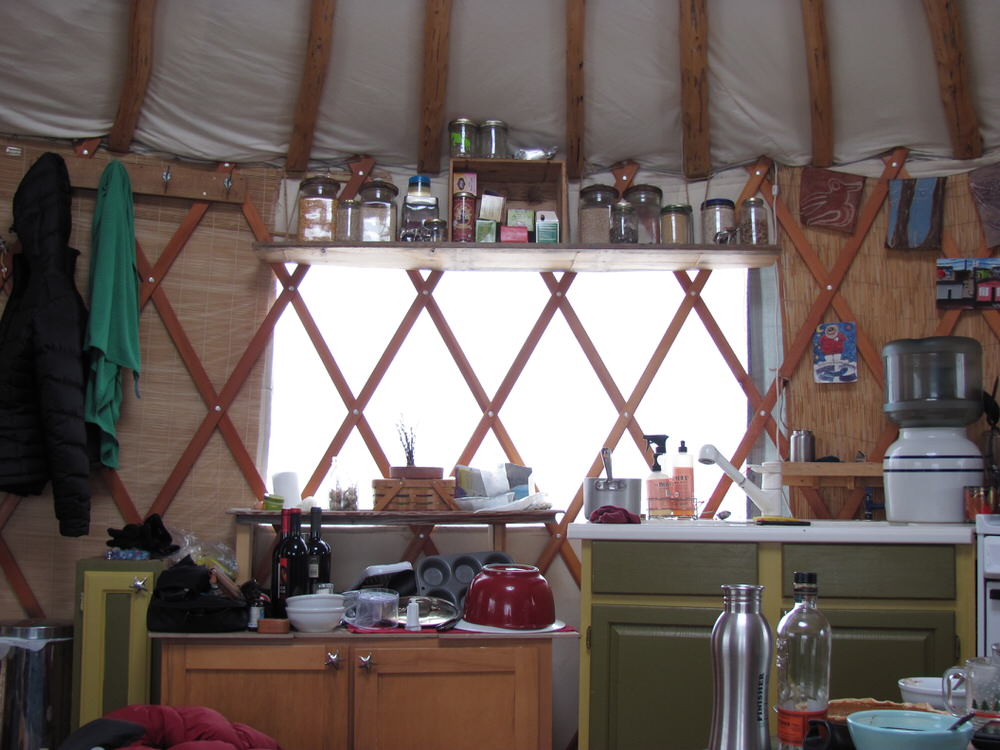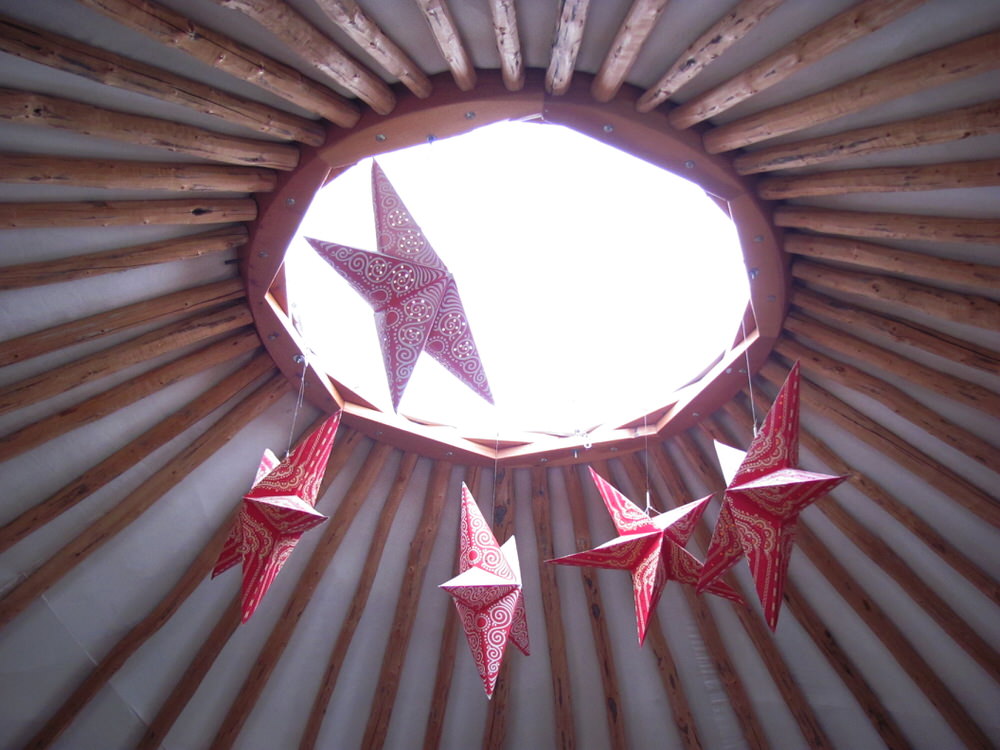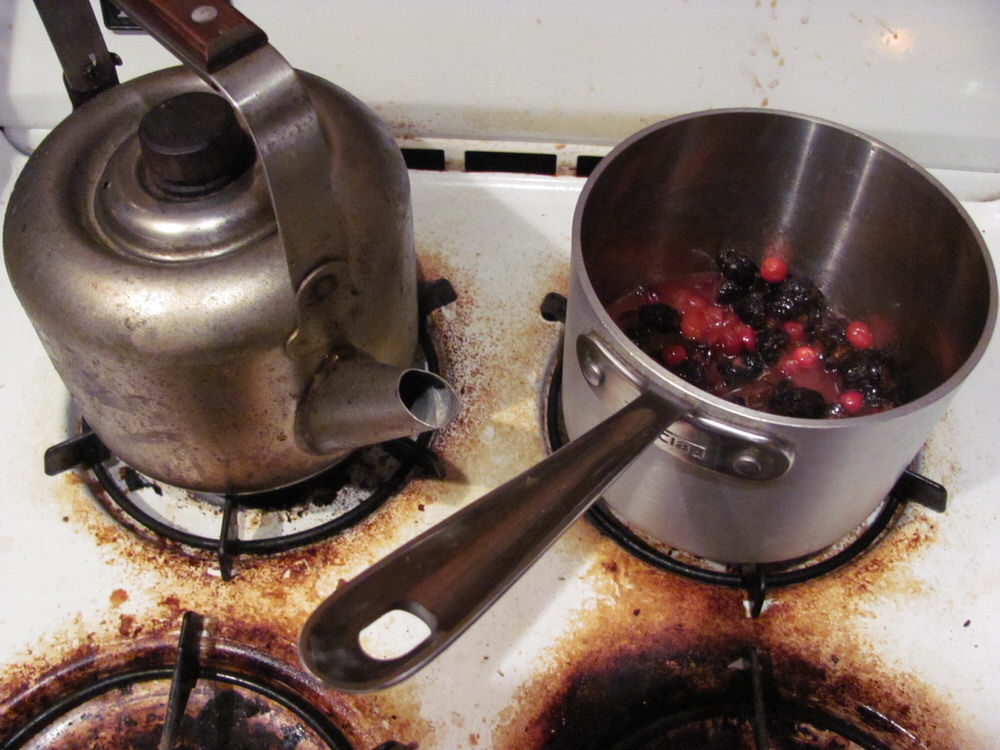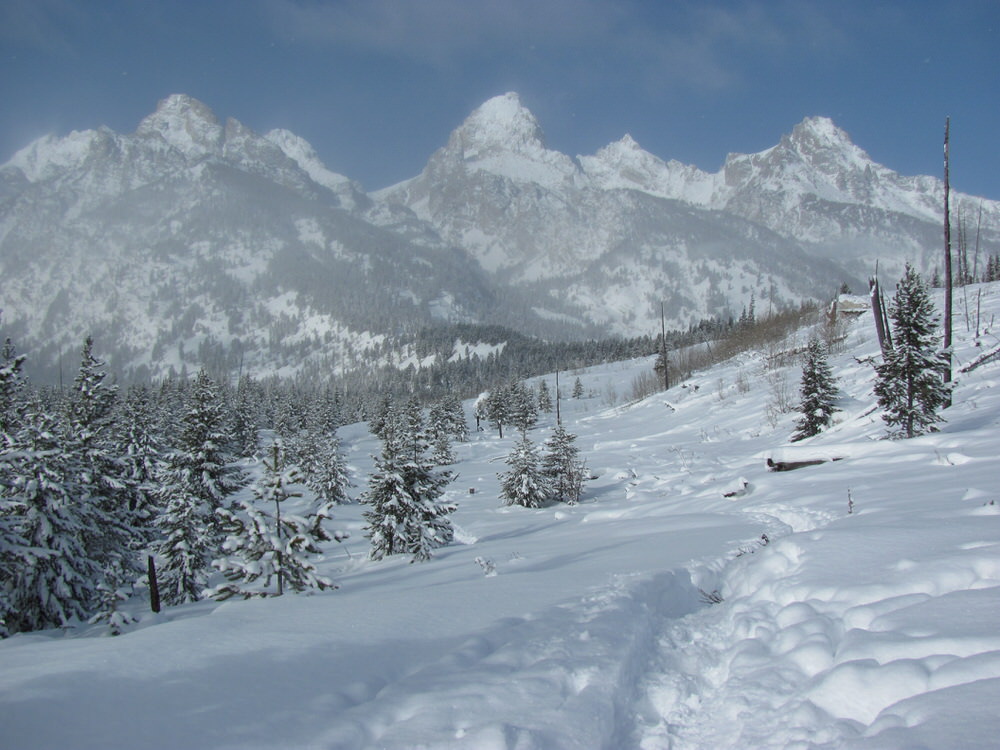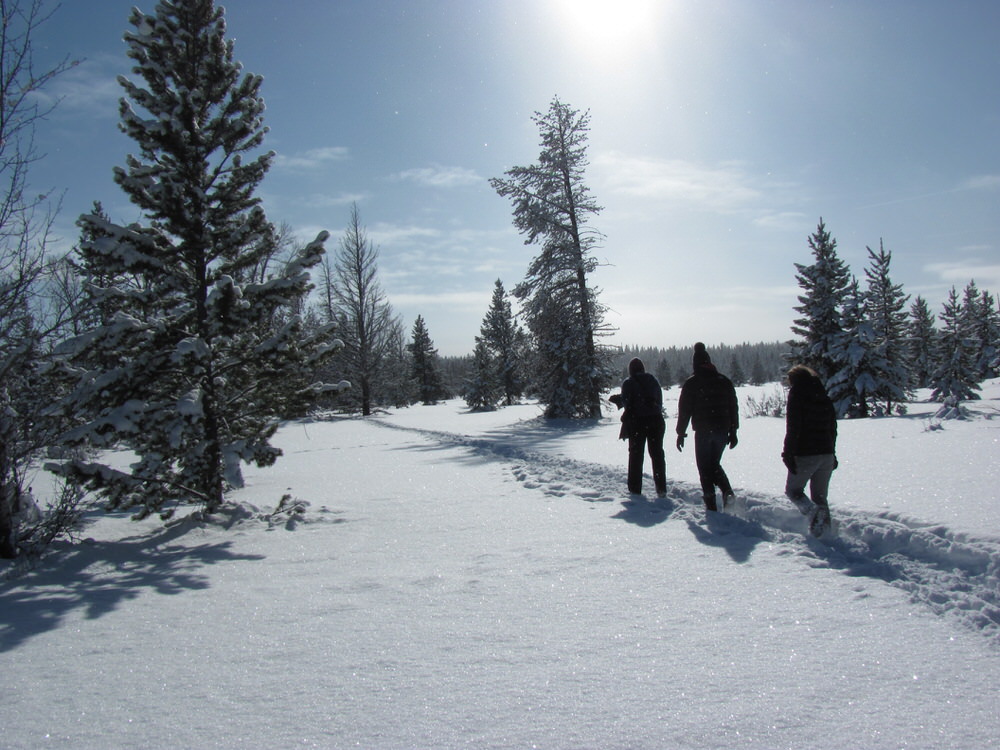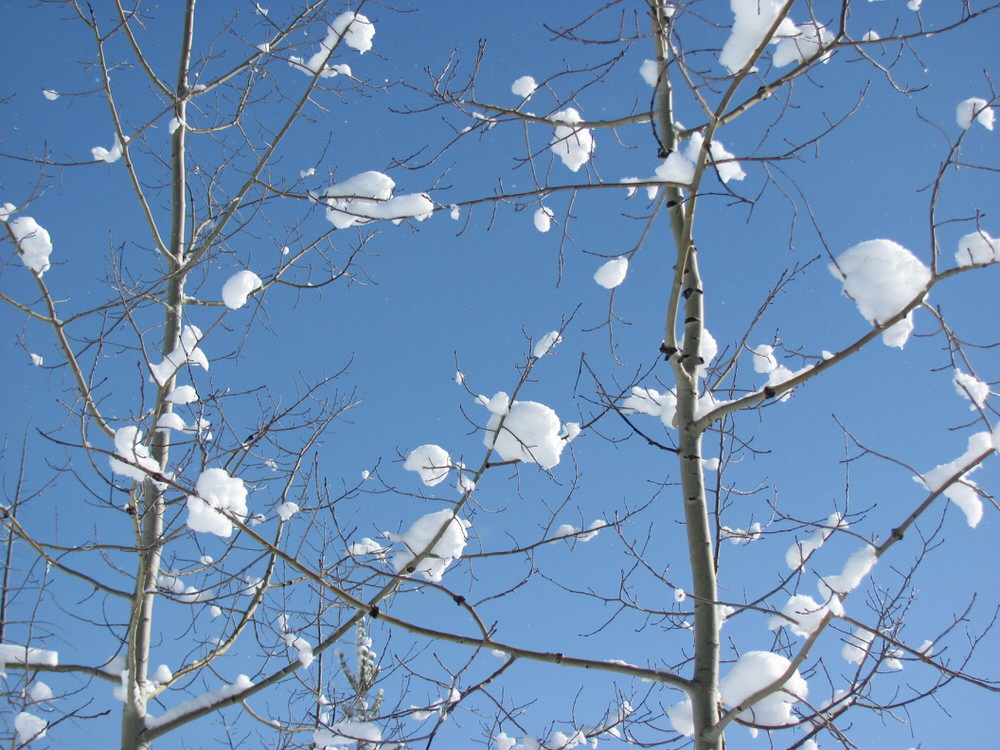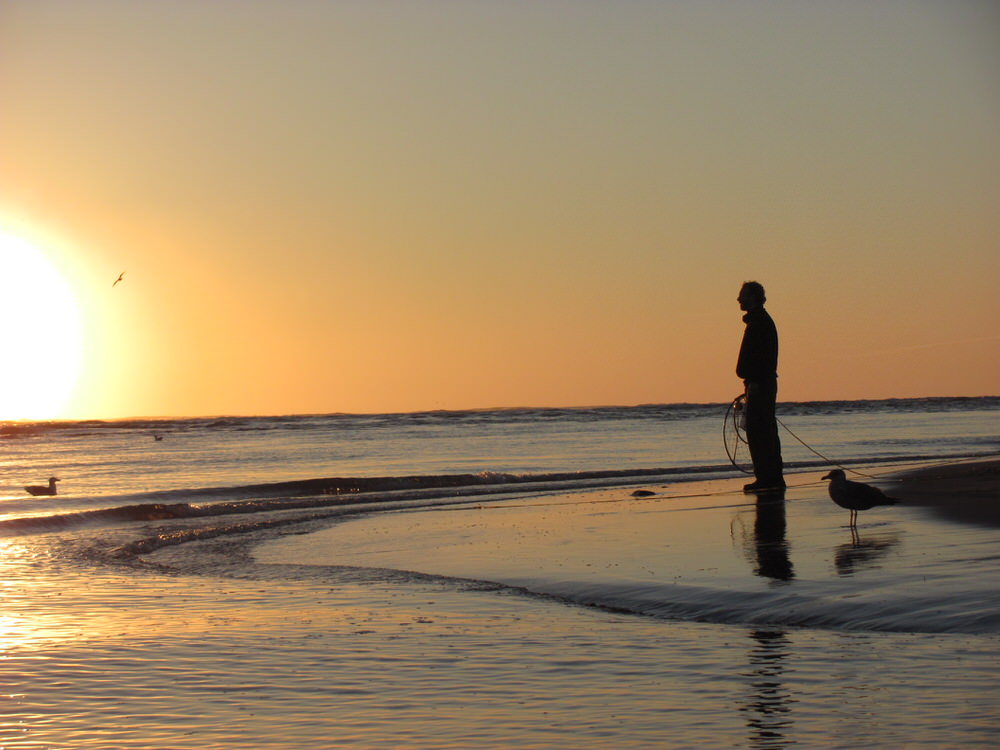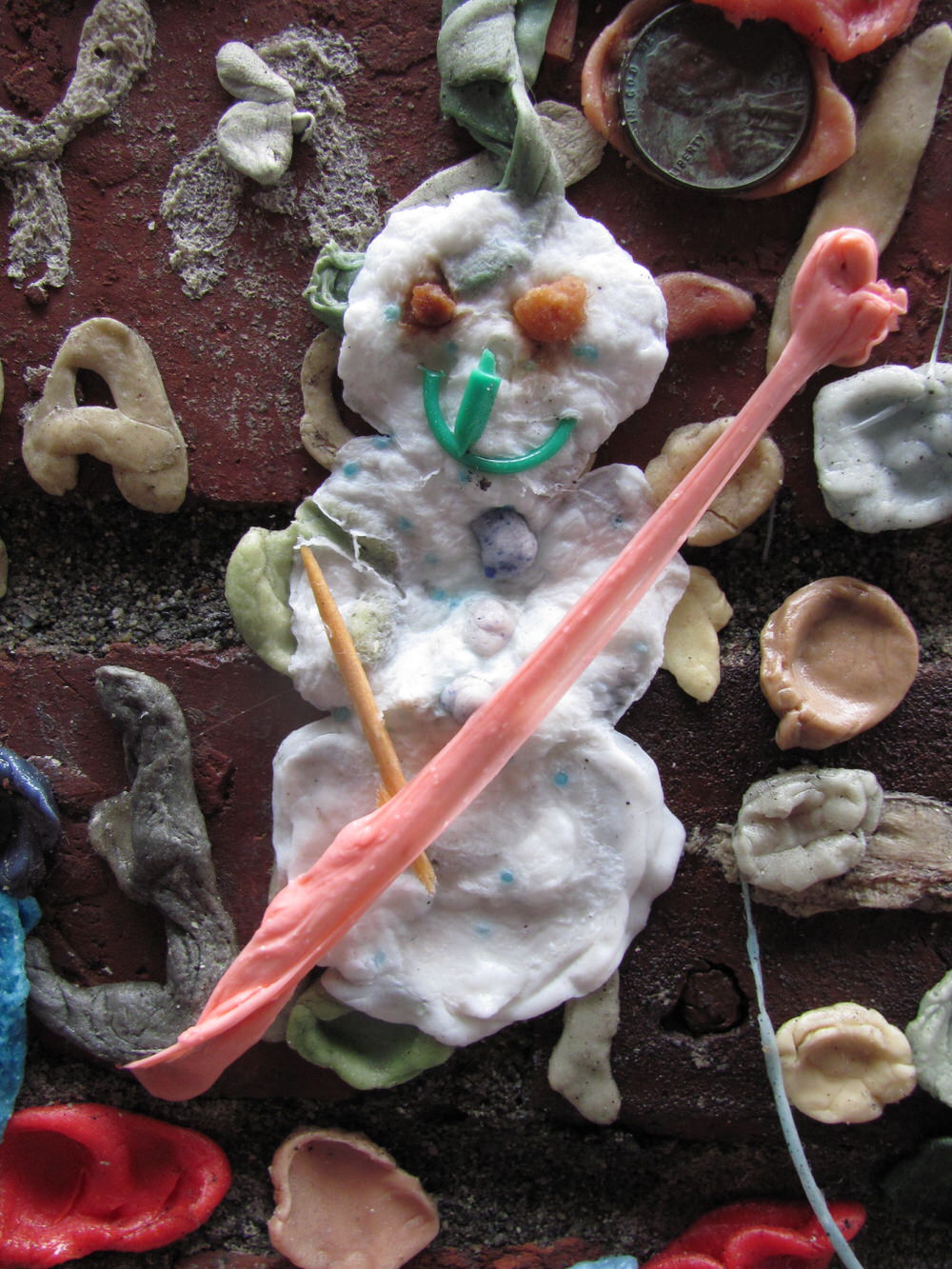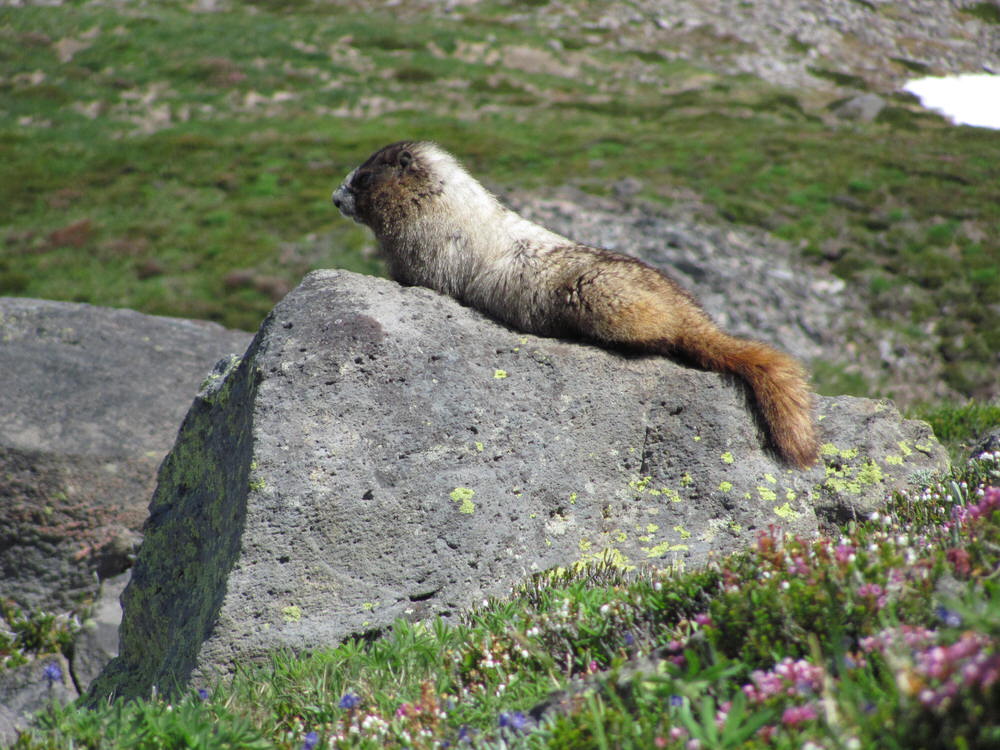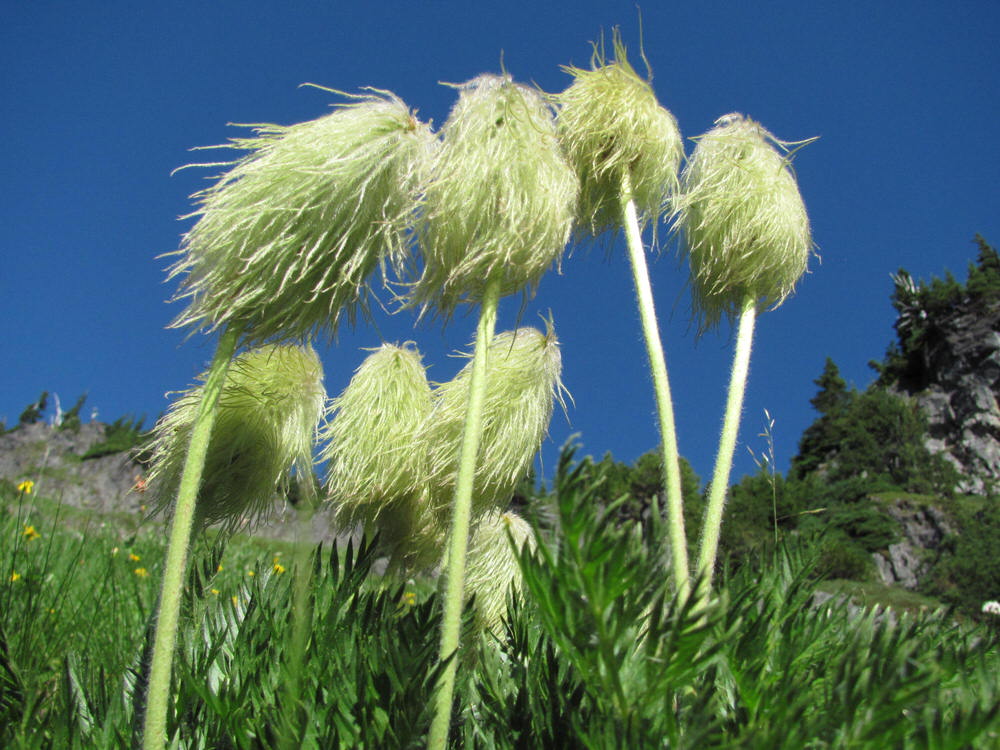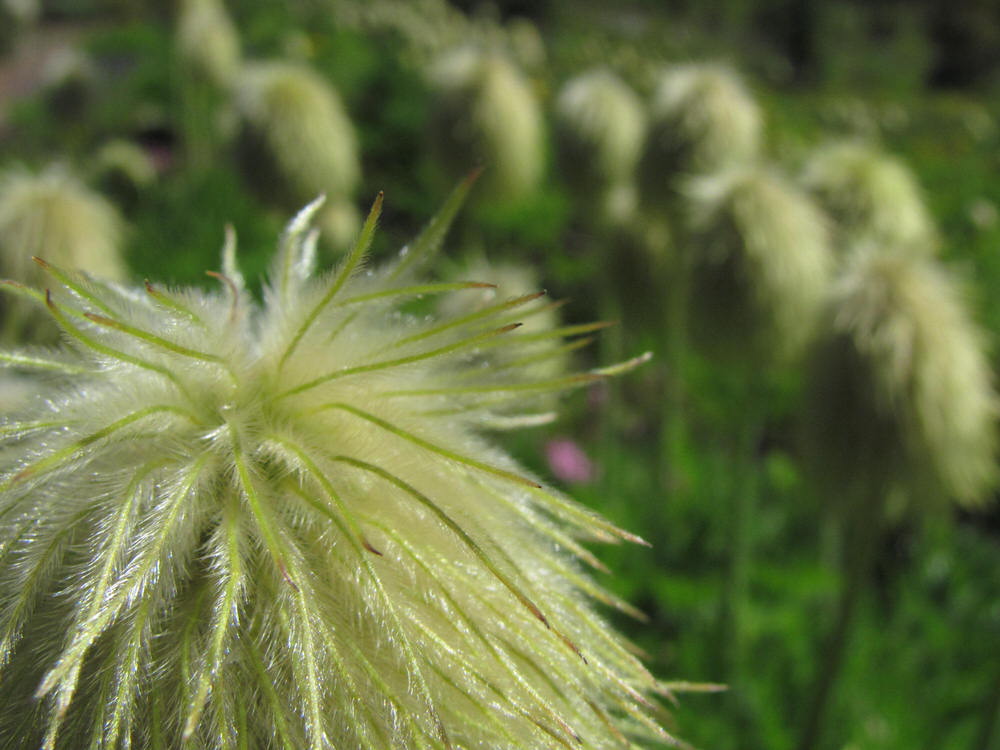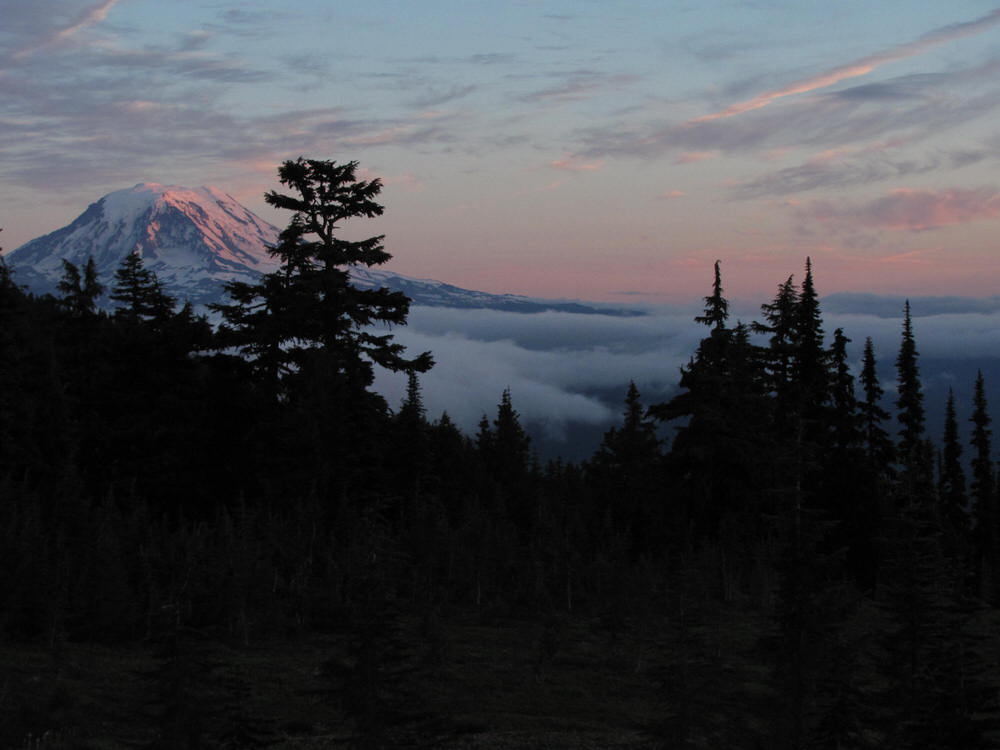As we headed into the wilds of the North Cascades for a week-long backpacking trip, our choice in pants announced to the world that we were serious. Serious about the fact we were hiking. Serious about not carrying the extra ounces involved in pairs of shorts. Serious about responding swiftly and definitively to fluctuations in weather and body temperature. If we broke a sweat on an uphill slog, two zips and we sporting modestly cut shorts. If the weather switched from a sunny 73 to a windy 62, two more zips and we were back in pants.
Bob making a deft adjustment
In early September, my sister Laura, my boyfriend Donnie and I joined my father and three of his friends from North Carolina (one Vance, two Bobs) for seven days in the North Cascades, a 150- by 270-mile national park nestled up against the Canadian border in Western Washington.
Before this trip, I had only seen the North Cascades from the southern part of the state, where they registered as faint blue peaks on the horizon, 200 miles north of Mount Rainier. Up close and personal, the range was as remote and wild as I'd imagined — far less traveled than other parts of the range which includes Adams, St. Helens and Shasta among other well-known icons. During our 47-mile clockwise loop from the Bridge Creek trailhead to Easy Pass exit, we encountered only a couple people. Which is a shame, because in our convertible pants, we looked good.
Here are a few highlights from the trip:
- I'll start with the hiking itself, which took us along crystal clear rivers, through moss-covered forests and meadows of wild flowers and up and over glaciated passes. It was incredible.
Donnie, my father and a Bob, hiking through a valley
Vance ascending Park Creek Pass, the first — and most grueling — of the two passes. Aftermiles of switchbacks, we stopped just short of the top to eat sandwiches in the sun and listen to the marmots call each other.
Here we are, about to crest the pass, refreshed after a nap in the sun. (Note: we have all chosen the shorts option at this point in time.)
My father on the scree-filled peak of the pass, where you could see into two immense valleys at once.
Donnie and his mad map skillz
The frosty early-morning start on the last day
Bob, paused
Other Bob, in motion
Ascending switchbacks on Easy Pass, the second of the two passes, which was fairly true to its name
- A tip: when walking mile after mile with a 45-pound pack on your back, it's important to give your feet — or someone else's — plenty of TLC.
Donnie looking after Laura's heelspost river crossing
- We arrived at our campsite along Bridge Creek around noon on the second day and spent the afternoon lounging on the rocks by the river, washing our hair and socks with Dr. Bronner's, reading books and taking naps. After reading instructions to remember the rules, Laura and I played a game of cribbage.
Laura, probably confused by the rule that grants a player "Two for doing it." (Her response: "I'm a LADY!")
Me, plotting cribbage domination
Socks on the line
- Vance found a women’s shirt by the side of the trail, and rather than leave it be or carry it out, he put it on and wore the rest of the trip. We decided periwinkle was his color.
- The 13 minutes it takes a dehydrated meal to reconstitute feel like an eternity when they follow a day of hiking. Sadly for Laura, the pork and broccoli stir-fry she's waiting for here was the most disgusting thing she'd ever tasted — so bad, in fact, that she threw it in the privy.
- We hit the park during a transition time: wildflowers were still abloom in some spots, but in others, the brilliant reds and yellows of autumn had arrived in full force.
Indian Paintbrush
- Mushrooms proliferated along damp forested sections of trail. They grew on trees, they pushed up from beneath the soil, they came in orange and brown and spotted red. We continuously stopped to admire.
- Two members of our group ran across black bears. The rest of us ran across bear poop — which was also tremendous, but far less exhilarating.
It was the size of dinner plates.
- While we're on the topic, each campsite had a very comfortable privy, basically a box with a hole in the top that looked out over something pretty, usually trees.
Trips to the privy were joyous occasions, to be celebrated.
- The water in the North Cascades is crystal clear, but also friggin' cold. After 10 seconds of submersion, our toes went numb.
The North Fork of Bridge Creek
Deep pools that would have made great swimming holes if the water had been 40 degrees warmer
- After we got off the trail, Donnie ate a one pound — get that: ONE POUND! — buffalo burger at the Buffalo Run Restaurant, where we went to replenish our calorie deficits and drink Alaskan Ambers. We were all proud of him.
- After burgers, we rented two unintentionally retro cabins at the roadside Clark's Skagit River Resort near Marblemount, Washington. The flowered wallpaper, patterned linoleum floors and rotary phone on our cabin's kitchen wall indicated that neither the buildings nor the decor had been updated since the 1960s. Clark's was clean and charming, though in a weird, outdated sort of way. Another characteristic of note: anywhere from 50 and 175 bunnies roam the resort grounds at any given time — the discrepancy, I suppose, due to the fact that it is located on the North Cascades Highway, and in an area populated by hawks and eagles. When we'd step outside to enjoy the breeze or check the progress of our drying tents, we'd have to sidestep the rabbits munching on the lawn. None were interested in petting.
Back to civilization
Thanks to Donnie for the second pic, of Bob removing his pant leg.


































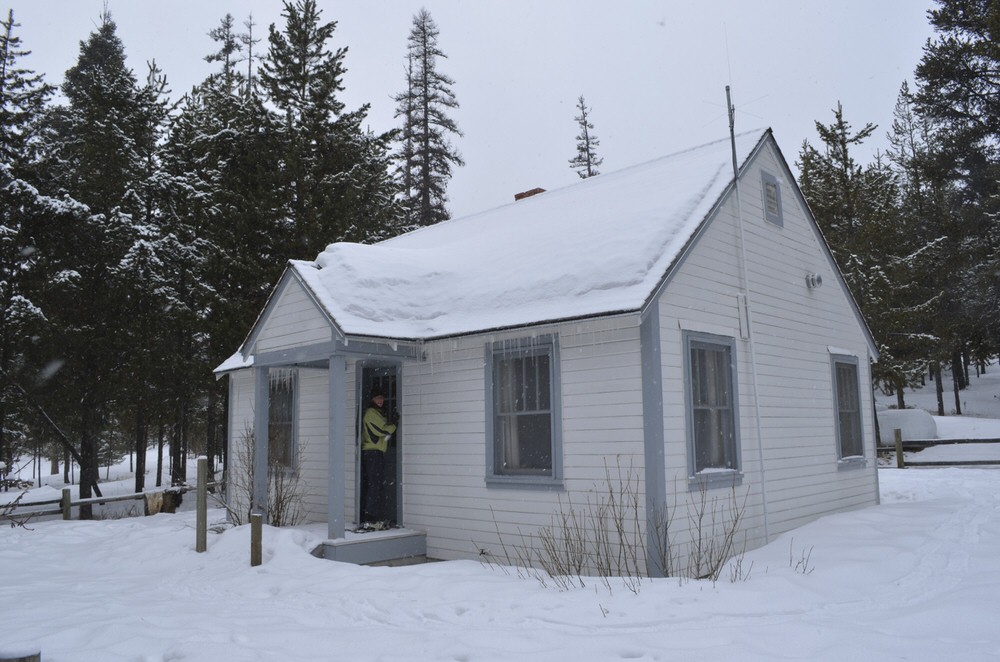



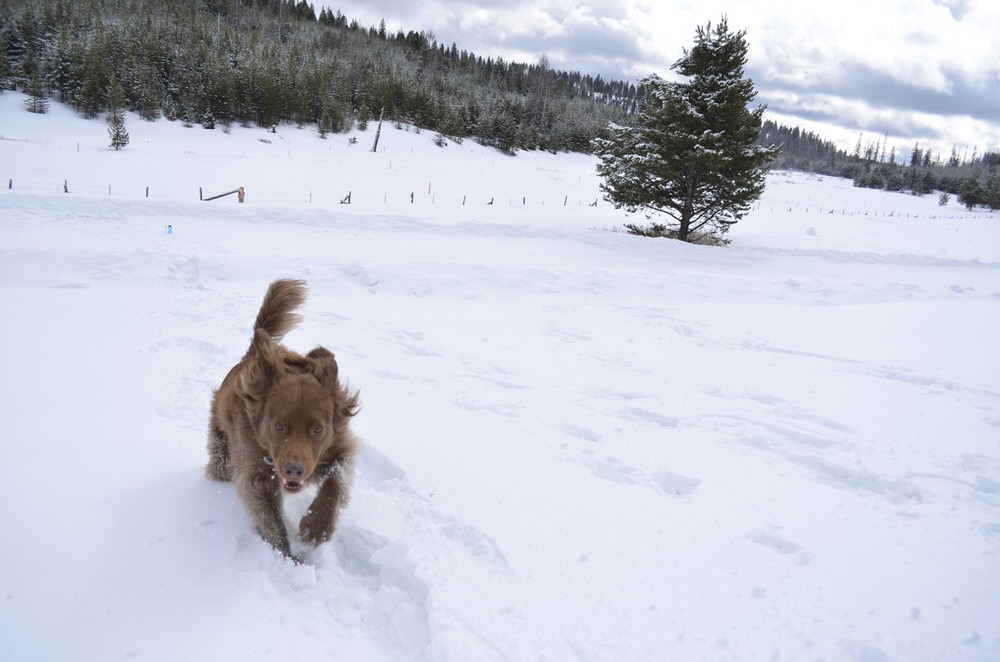
 Lots of running happened
Lots of running happened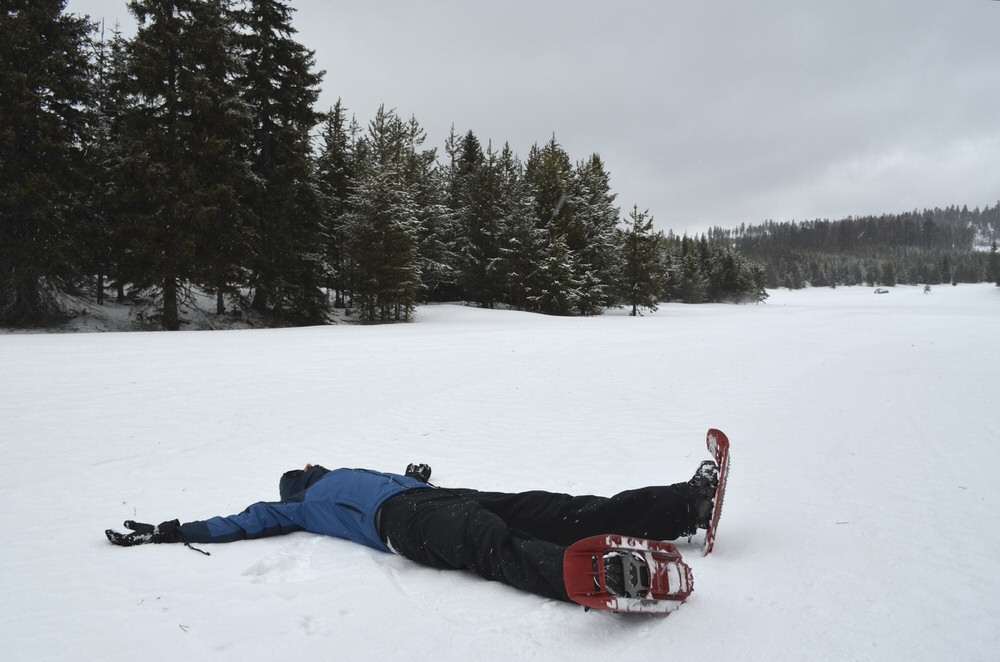




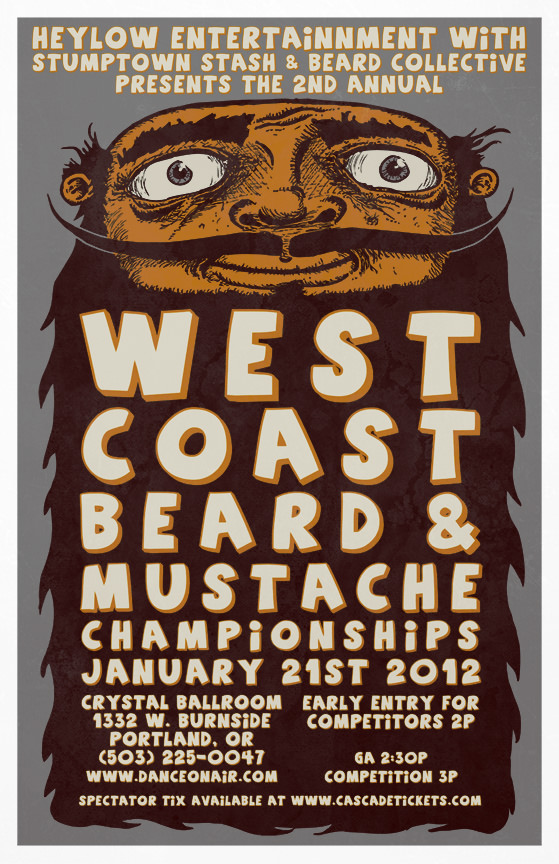
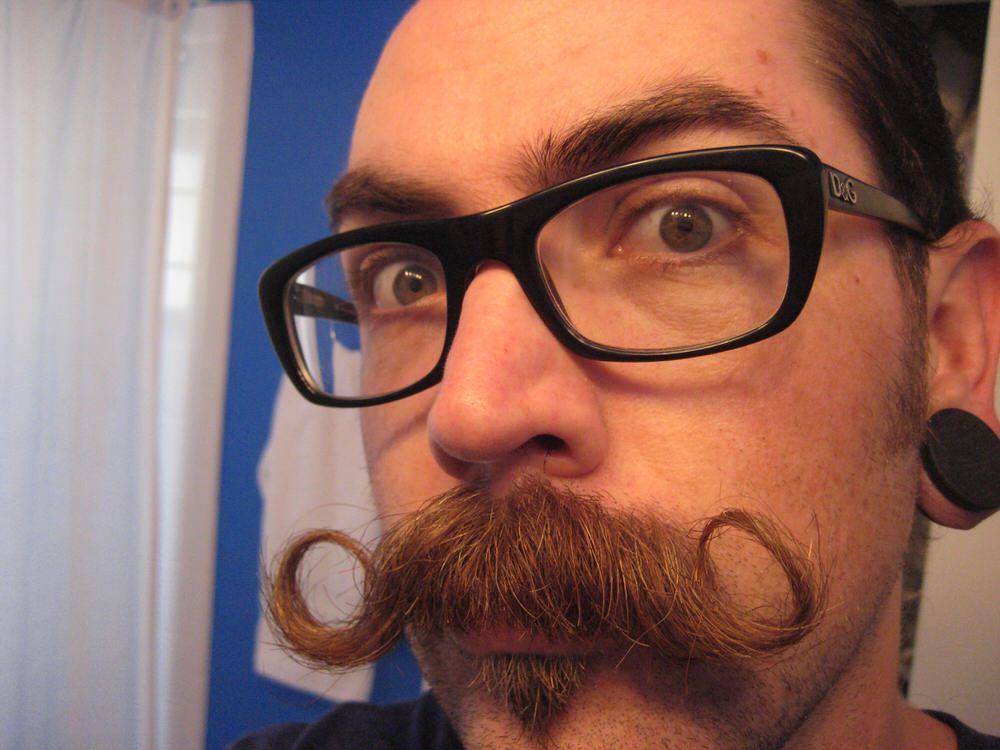




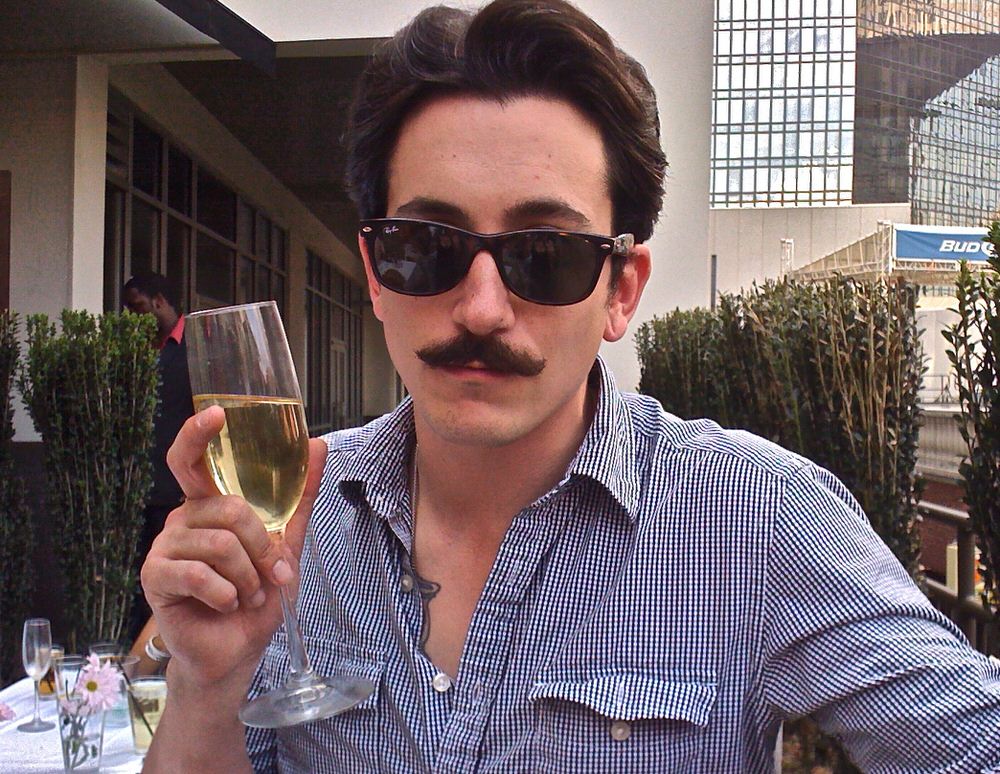



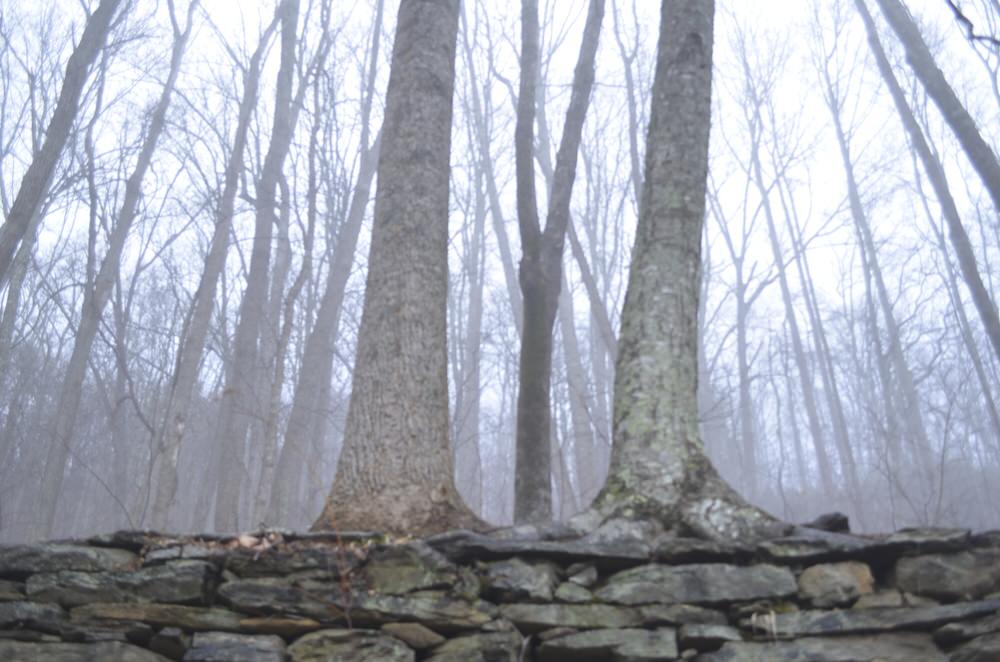

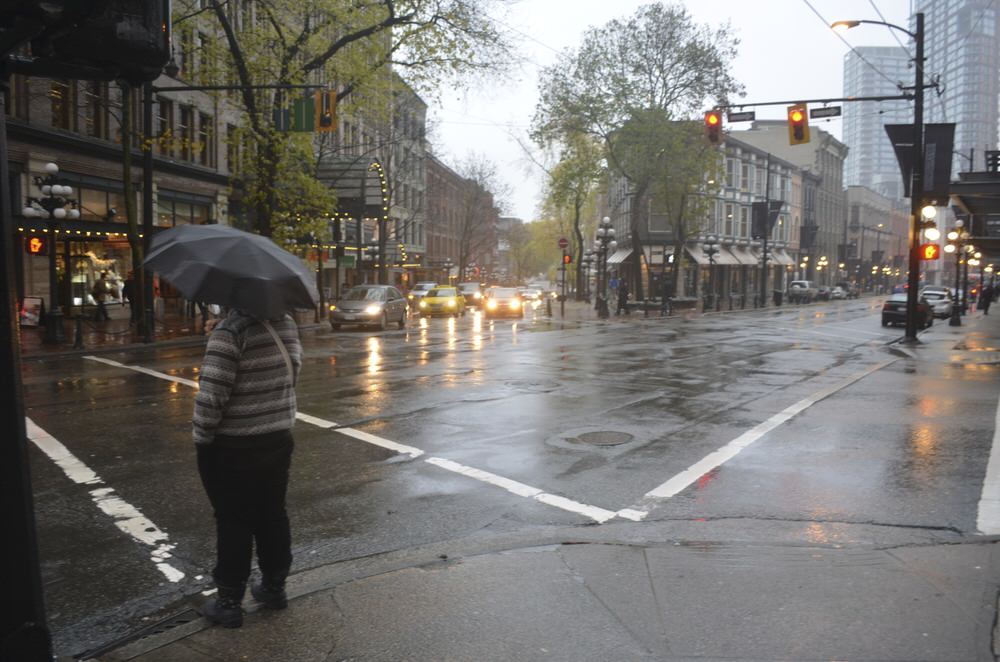
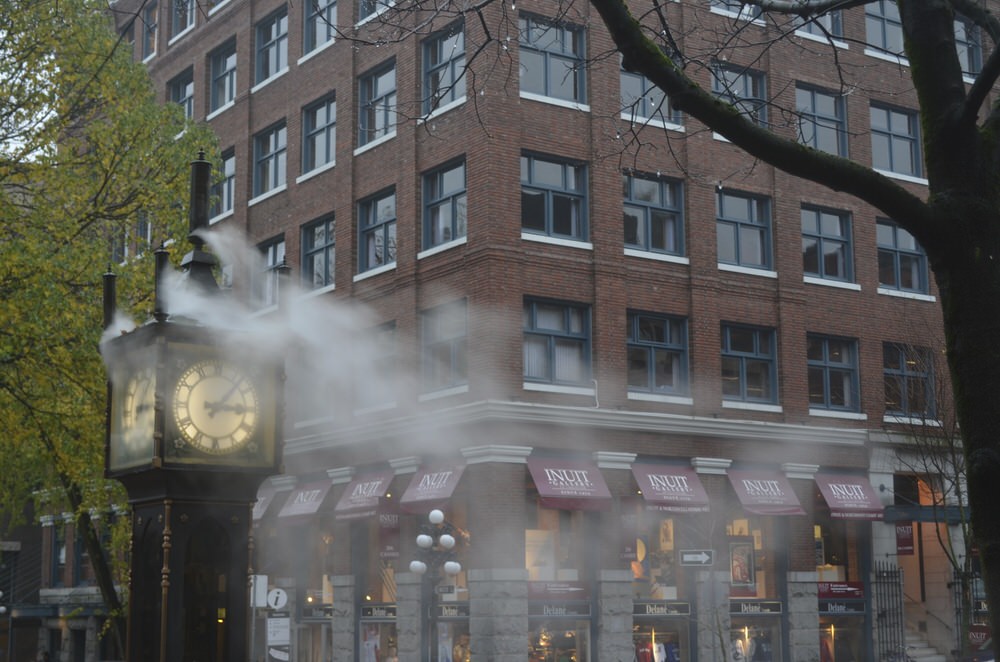




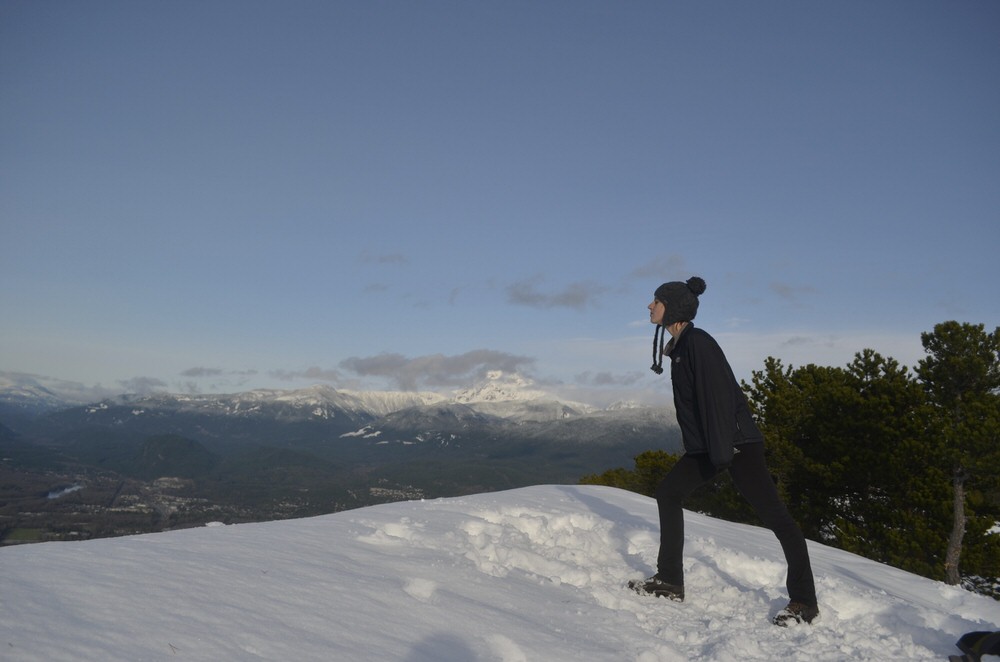 Laura, getting a little crazy by the edge.
Laura, getting a little crazy by the edge.
